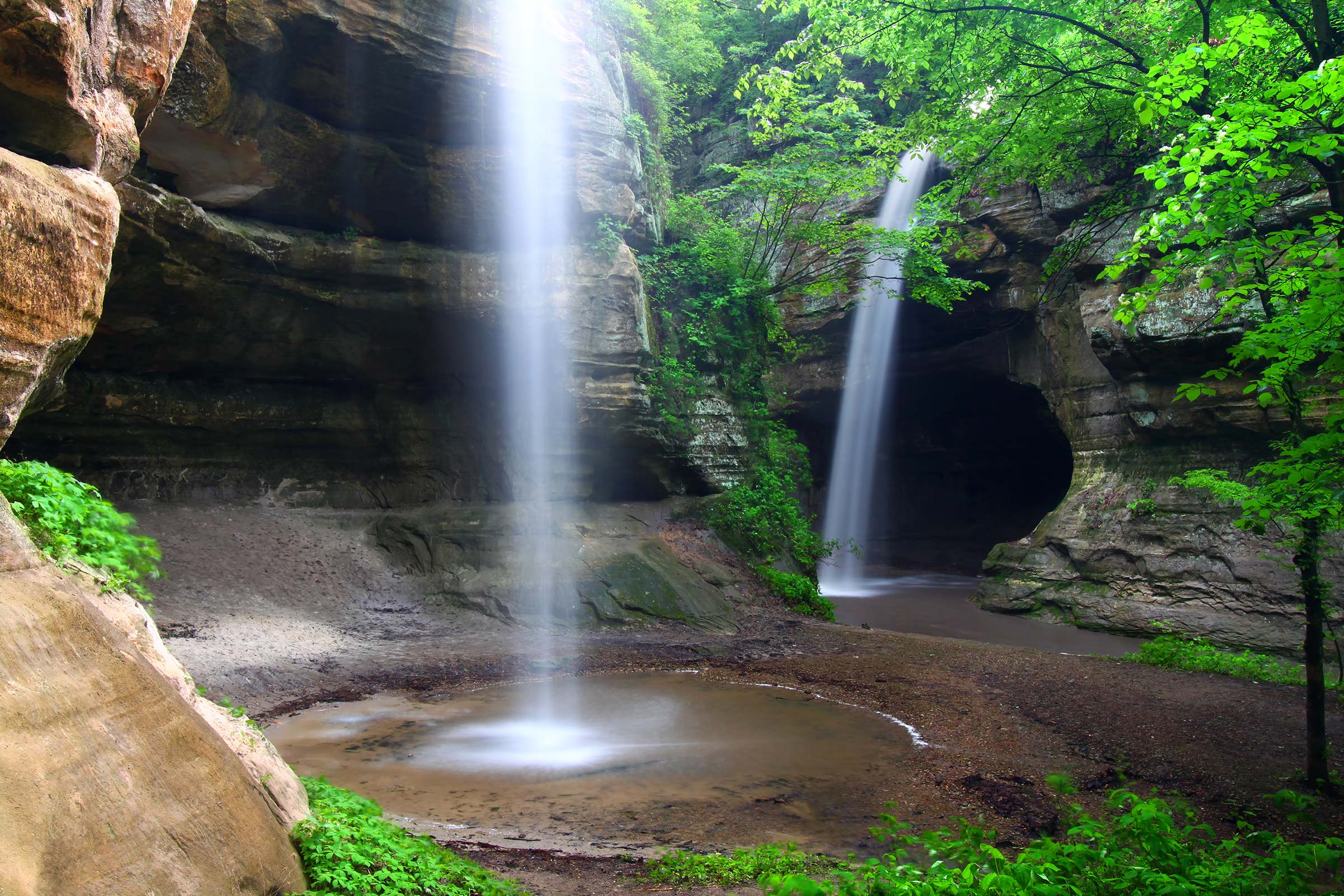Scenic hikes near me offer a wealth of opportunities for adventure and exploration, catering to diverse preferences and fitness levels. Whether you’re a seasoned hiker seeking challenging climbs or a family looking for a leisurely stroll amidst breathtaking scenery, the possibilities are endless. The allure of escaping the everyday and immersing oneself in nature’s beauty is a powerful motivator, and finding the ideal trail often involves careful consideration of factors such as trail difficulty, length, and accessibility. This exploration delves into the process of discovering and planning your perfect scenic hike, from utilizing online resources to understanding the nuances of trail descriptions and reviews.
This guide provides a comprehensive framework for identifying suitable trails based on individual needs and preferences, emphasizing responsible hiking practices and safety considerations. We’ll explore various online platforms for finding and researching trails, analyzing trail descriptions to understand the experience they offer, and considering practical factors such as weather conditions and personal fitness. Ultimately, the goal is to equip you with the knowledge and resources necessary to embark on a safe and rewarding hiking adventure.
Data Sources for Locating Scenic Hikes
Finding the perfect scenic hike requires access to reliable information. Numerous online platforms and mobile applications cater to hikers, providing crucial details to plan safe and enjoyable adventures. Understanding the strengths and weaknesses of each source is essential for making informed decisions about where to hike.
Popular Online Platforms and Apps for Finding Hiking Trails
Several popular online platforms and apps specialize in providing comprehensive information about hiking trails. These resources vary in their data coverage, accuracy, and user interface, influencing the overall user experience. The following table compares some prominent examples.
| Platform | Data Points | Accuracy | User Reviews |
|---|---|---|---|
| AllTrails | Trail length, elevation gain, difficulty level, reviews, photos, maps, trail conditions reported by users, points of interest along the trail. | Generally high, with user-reported data influencing accuracy of real-time conditions. However, data can become outdated if not frequently updated by users. | Extensive and often detailed, including ratings, comments, and helpful tips from other hikers. Provides a sense of community and shared experience. |
| Hiking Project | Trail length, elevation gain, difficulty, reviews, photos, maps, GPS tracks, downloadable maps. | High accuracy for established trails, leveraging crowdsourced data and professional mapping techniques. | Similar to AllTrails, offers user reviews, ratings, and comments. The community aspect is strong, allowing users to contribute and verify information. |
| Gaia GPS | Trail length, elevation gain, difficulty, maps (including offline maps), GPS tracking capabilities, route planning tools. | Very high accuracy due to reliance on robust mapping technologies and GPS data. Ideal for navigation during hikes. | User reviews are less central to the platform’s design, focusing more on the navigational and mapping aspects. |
| Trailforks (Mountain Biking Focused, but includes Hiking Trails) | Trail length, elevation gain, difficulty, trail conditions, photos, GPS tracks, user-submitted trail reports. | Accuracy is generally good, particularly for mountain biking trails, though data might be less comprehensive for purely hiking trails in some areas. | User reviews are present and useful for assessing trail conditions, especially for mountain bikers, which can be relevant to hikers as well. |
Practical Considerations for Hikers
Embarking on a scenic hike requires careful planning and preparation to ensure a safe and enjoyable experience. Understanding and accounting for various factors, from weather patterns to personal fitness, is crucial for a successful adventure. Neglecting these considerations can lead to discomfort, injury, or even dangerous situations.
Weather Conditions and Trail Maintenance
Weather significantly impacts hiking conditions. Checking the forecast before you leave is paramount. Unexpected rain can turn trails muddy and treacherous, while extreme heat can lead to dehydration and heatstroke. Similarly, strong winds or snow can create hazardous conditions. Beyond weather, trail maintenance is another key factor. Some trails may be poorly maintained, with fallen trees, eroded paths, or washed-out sections. Consulting recent trail reports or contacting local park authorities can provide valuable information on current trail conditions and any potential hazards. For example, a recent heavy rainfall might have caused a trail section near a river to become impassable, necessitating an alternative route.
Essential Gear and Preparation for Different Types of Hikes
Appropriate gear varies depending on the type of hike. A day hike in a nearby park requires less equipment than a multi-day backpacking trip in the wilderness. Essential items for any hike include sturdy hiking boots, comfortable clothing in layers, plenty of water, high-energy snacks, a map and compass (or GPS device), a first-aid kit, and sun protection. For longer or more challenging hikes, additional items such as a headlamp, trekking poles, a tent, sleeping bag, and cooking equipment may be necessary. For example, a winter hike necessitates warm layers, waterproof outerwear, and possibly snowshoes or crampons.
Hiking Difficulty Levels and Associated Challenges
Hiking difficulty is typically categorized into levels such as easy, moderate, and strenuous. Easy trails are generally well-maintained, relatively flat, and short in distance, suitable for beginners. Moderate trails may involve some elevation gain, longer distances, and potentially more challenging terrain. Strenuous trails often feature significant elevation changes, rugged terrain, and longer distances, requiring a higher level of physical fitness and experience. For instance, a strenuous hike might involve navigating steep inclines, rocky paths, and potentially exposure to significant altitude changes, demanding excellent stamina and endurance. Underestimating the difficulty level can lead to exhaustion, injury, or an inability to complete the hike safely.
Promoting Responsible Hiking Practices
Enjoying the beauty of nature while hiking requires a commitment to responsible practices. This ensures the preservation of these spaces for future generations and minimizes potential risks to both hikers and the environment. Responsible hiking is about leaving a place better than you found it, and ensuring your safety and the safety of others.
Environmental consciousness and safety are intrinsically linked in responsible hiking. Neglecting one often compromises the other. For instance, improperly discarded waste can create hazards for wildlife and other hikers, while failing to prepare for unexpected weather can lead to environmental damage through distress calls and rescue operations.
Environmentally Conscious Behavior
Following Leave No Trace principles is fundamental to minimizing our impact on the environment. This philosophy emphasizes planning ahead, staying on marked trails, disposing of waste properly (pack it in, pack it out), leaving what you find, minimizing campfire impacts (and ideally, avoiding them altogether), respecting wildlife, and being considerate of other visitors. For example, instead of picking wildflowers, take photos to remember your experience. Instead of leaving trash behind, carefully pack out all your waste, even banana peels. Instead of venturing off-trail, stay on designated paths to protect delicate vegetation.
Safety Measures and Emergency Preparedness
Safety should be a paramount concern before, during, and after any hike. This involves thorough trip planning, including checking weather forecasts, informing someone of your itinerary, and carrying essential gear such as a first-aid kit, navigation tools (map and compass, or GPS device), extra food and water, and appropriate clothing for varying conditions. Understanding basic wilderness survival skills, such as building a makeshift shelter or signaling for help, can prove invaluable in emergencies. For instance, carrying a fully charged portable power bank is vital in case of unexpected delays. A well-stocked first aid kit should include bandages, antiseptic wipes, pain relievers, and any personal medication.
Guidelines for Responsible and Sustainable Hiking
Preparing for a hike involves more than just packing a backpack. It’s about understanding the potential challenges and taking proactive steps to mitigate risks and minimize environmental impact.
- Plan your hike thoroughly, including checking weather conditions and trail difficulty.
- Stay on marked trails to avoid damaging vegetation and disturbing wildlife.
- Pack out everything you pack in – leave no trace behind.
- Respect wildlife by observing them from a distance and never feeding them.
- Be mindful of noise levels and avoid disturbing other hikers.
- Carry a map, compass, and/or GPS device and know how to use them.
- Inform someone of your hiking plans, including your route and expected return time.
- Carry a fully charged cell phone and/or a satellite messenger for emergencies.
- Bring plenty of water and high-energy snacks.
- Wear appropriate clothing and footwear for the conditions.
- Be aware of potential hazards, such as wildlife encounters, slippery trails, and sudden weather changes.
- Know your limits and turn back if necessary.
Closing Summary
Finding the perfect scenic hike near you is a journey of discovery, blending online research with personal preferences and responsible planning. By leveraging available resources, understanding trail descriptions, and prioritizing safety and environmental consciousness, you can unlock a world of breathtaking landscapes and unforgettable experiences. Remember to always check weather conditions, prepare adequately, and respect the natural environment. Happy hiking!




